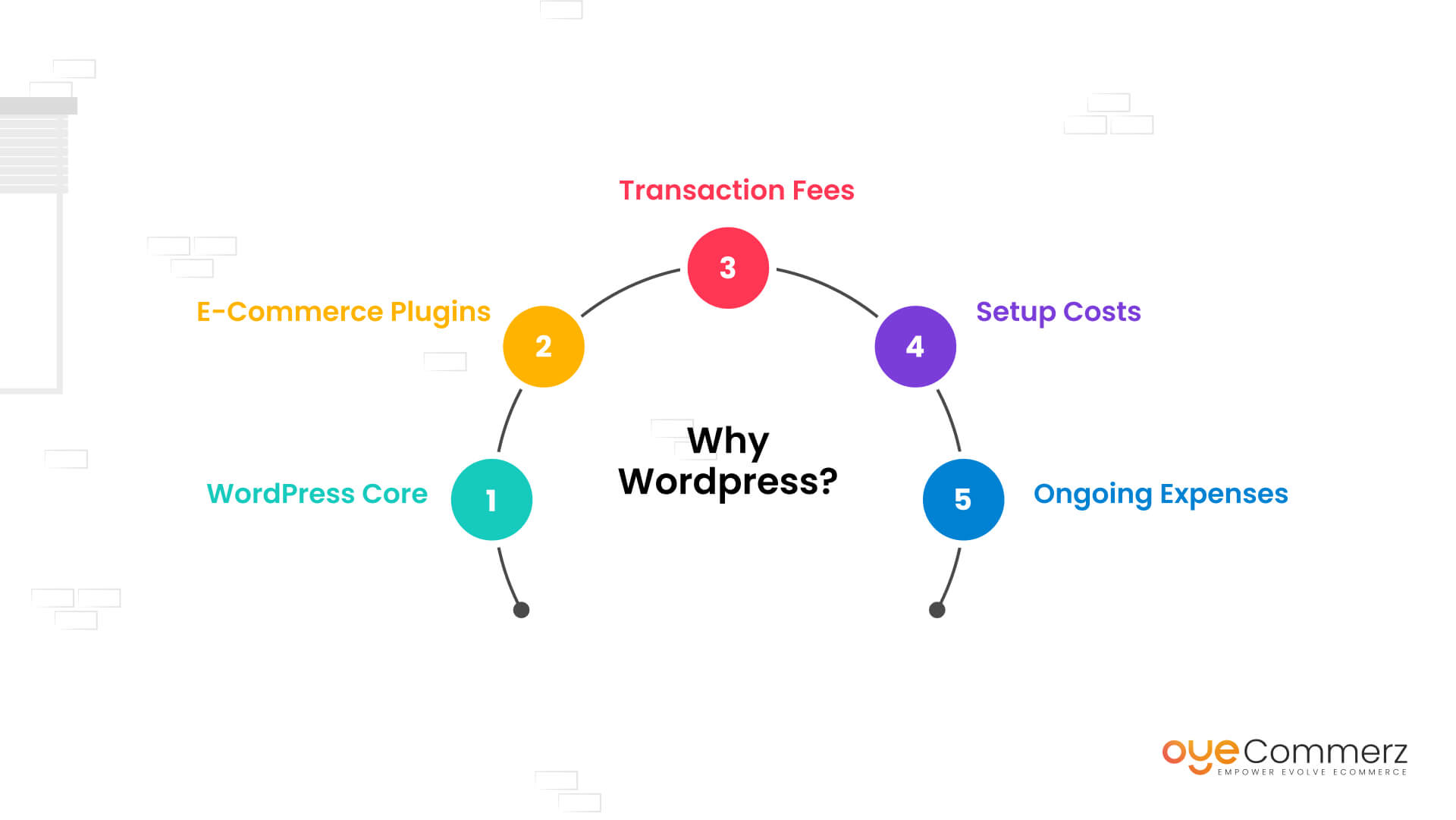Transitioning from WP to Shopify marks an exciting step in optimizing your online store operations. As companies grow, selecting a platform that supports scalability, UX, and customization is essential. Shopify has emerged as a preferred choice for online merchants, providing unmatched adaptability, security, and ease of use. In this guide, we will delve into why this migration is a game-changer, discuss the benefits, and share actionable steps to facilitate a seamless move.
1. Top Reasons to Transition from WordPress to Shopify
WordPress, paired with WooCommerce, has served countless e-commerce platforms. However, as businesses scale, challenges like plugin dependency, data risks, and complex setups can hinder progress. Shopify, designed explicitly for e-commerce, addresses these issues with an comprehensive, intuitive platform. Statistics supports this shift—Shopify powers over 4.4 million websites worldwide, with a reported 10% increase in sales performance for numerous merchants post-switch.
2. Shopify's Perks for Thriving Online Stores
Shopify’s robust ecosystem is tailored for expanding businesses. Its notable features include:
- Seamless Customization: Shopify provides over 80 professionally designed themes.
- Built-in Features: Features like Shopify Payments and integrated SEO streamline operations.
- International Expansion: Currency versatility and regional customization empower businesses to expand internationally.
Additionally, Shopify delivers an uptime rate of 99.98%, guaranteeing your website remains accessible.
3. Getting Ready for Your WP-to-Shopify Transition
Prior to starting the migration process, evaluate your existing setup. Analyze product data, customer details, and SEO performance. Resources such as Shopify’s Migration Kit or external tools help ease the transition. Create a detailed strategy, making sure all assets—item details, media files, and blog content—are ready for seamless import.
4. The Importance of Accurate Data Migration
Transferring your data is a cornerstone of a smooth transition. When moving from WordPress to Shopify, prioritize:
- Inventory Details: SKU, item summaries, and categories.
- Client Information: Emails, order history, and preferences.
- SEO Optimization: Shopify theme customization Preserve meta tags, URLs, and forwarding paths to maintain search rankings.
Use tools such as LitExtension to facilitate seamless migration while minimizing errors.
5. Tailoring Your Shopify Store to Fit Your Brand
Post-migration, customizing your Shopify store ensures it reflects your business identity. Utilize Shopify’s intuitive page builder to create layouts with ease. Shopify's themes are mobile-responsive, ensuring a smooth user experience across devices—a critical factor, given 74% of e-commerce traffic comes from mobile users.
6. How to Protect Your SEO Rankings When Switching Platforms
SEO is vital for preserving your online presence during migration. Shopify excels in SEO with clean URL structures, built-in optimization tools, and seamless blog integration. Ensure:
- Implement 301 redirects for old URLs.
- Optimize new pages with keyword-rich content.
- Use Shopify's apps Plug in SEO to monitor performance post-migration.
7. Post-Migration Testing
Once the migration is complete, conduct thorough testing.
Check: - Page load times (Shopify delivers faster speeds in contrast with WP).
- Payment integration reliability and transaction flow.
- Adaptability across devices.
Testing ensures your store provides a seamless shopping journey from day one.
8. Case Study of a Successful Migration
One such migration success story is Gymshark, a sportswear company that moved to Shopify. Post-migration, the company saw a 60% boost Shopify migration tools in mobile sales and reduced site downtime. This showcases the capabilities of Shopify in enhancing online business success.
9. Challenges and Solutions
Migration comes with challenges, such as information accuracy and adjusting tailored features. However, Shopify’s robust support and third-party experts simplify the process. Partnering with qualified Shopify developers ensures a trouble-free transition.
10. Starting Your Journey with Shopify
Migrating from WP to Shopify marks a forward-thinking approach to online retail. By focusing on growth, simplifying management, and enhancing the customer experience, Shopify enables companies to thrive in challenging industries.
Final Thoughts
Transitioning from WP to Shopify offers a smart solution that can significantly boost your online business performance. With a robust migration plan, the appropriate resources, and professional guidance, you can unlock new success milestones.
Ready to make the leap? Let’s discuss how our Shopify migration services can revolutionize your e-commerce platform. Get in touch today, or consider: Is it time to seize Shopify’s advantages for your store?
